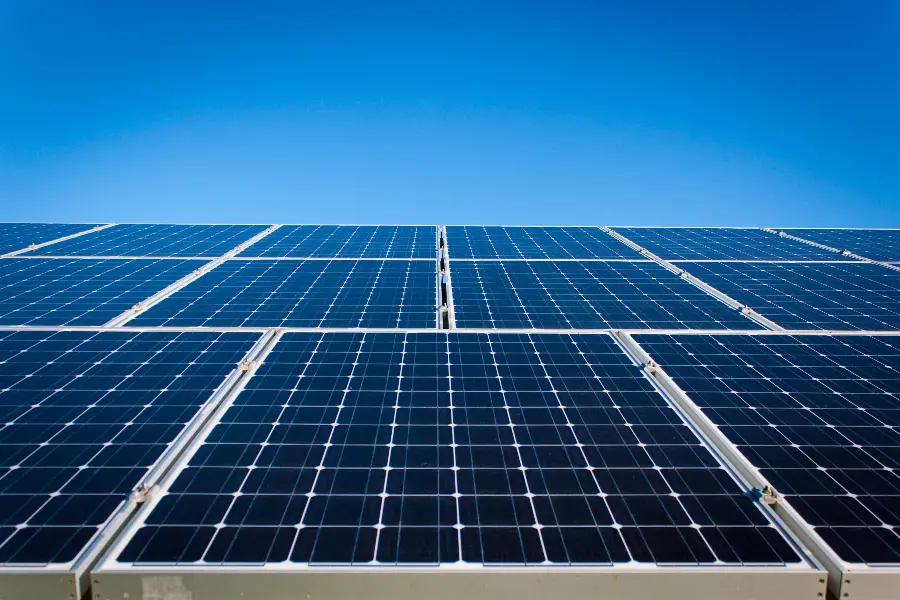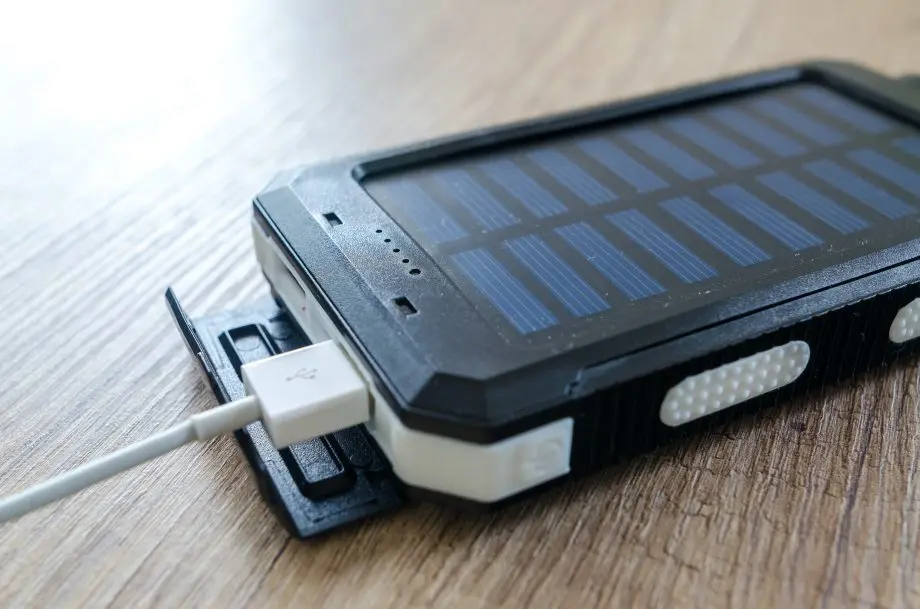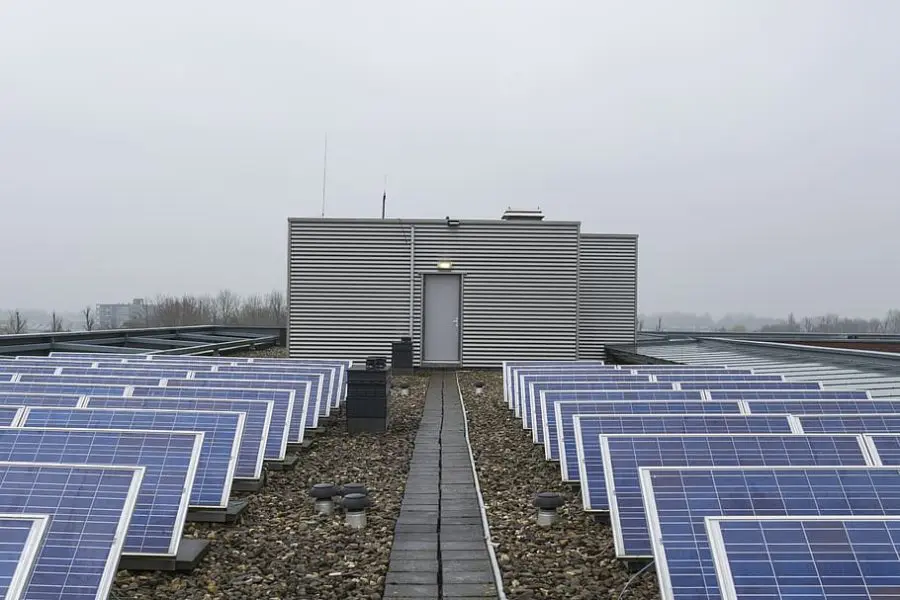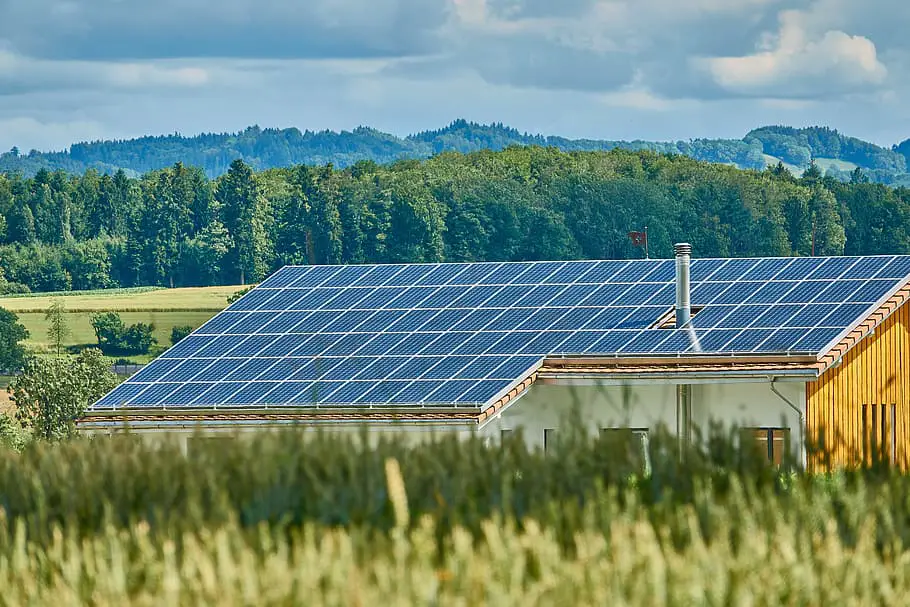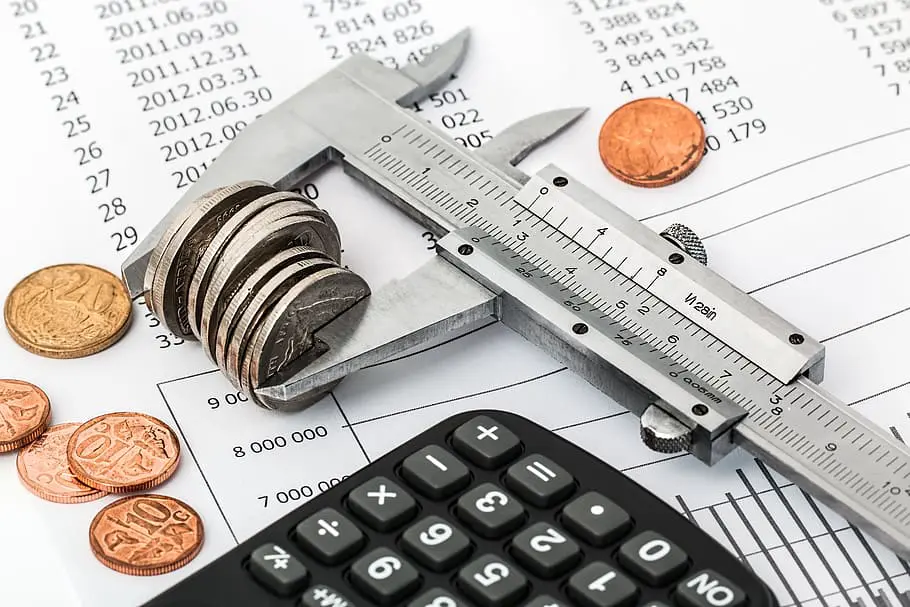
Discover the true value of solar energy in our guide on the cost-effectiveness of solar power systems. Uncover savings, benefits, and more in our blog post.
Ever wondered about ‘the cost-effectiveness of solar power systems’? Well, you’re in the right place! In this post, we’ll dive deep into the world of solar power, exploring its costs, benefits, and the significant savings it can bring. So, sit back, relax, and let’s embark on this enlightening journey together!
The cost-effectiveness of solar power systems
Welcome to our comprehensive exploration of ‘the cost-effectiveness of solar power systems’. In this post, we’ll be taking a close look at the factors that influence the cost of solar panels, the return on investment you can expect, and the myriad benefits of going solar. We’ll also tackle some frequently asked questions and wrap up with a conclusion that brings it all together. Ready to illuminate your understanding of solar power? Let’s get started!
Brief Overview of Solar Power Systems
Solar power systems, aren’t they fascinating? They’re like our personal little power stations, quietly humming away on our rooftops. But what exactly are they? Well, in a nutshell, solar power systems are made up of solar panels, or photovoltaic cells, that capture sunlight and convert it into electricity. This electricity can then be used to power your home, reducing your reliance on traditional energy sources. And the best part? The fuel for these systems, sunlight, is completely free and abundantly available!
The Importance of Cost-Effectiveness in Renewable Energy
Now, let’s talk about cost-effectiveness. When we think about renewable energy, we often focus on the environmental benefits. And while those are undoubtedly important, the cost-effectiveness of these systems is equally crucial. After all, we all want to save money, right? The cost-effectiveness of solar power systems is a key factor that can make the transition to renewable energy more accessible and appealing. It’s not just about saving the planet, it’s also about saving on those monthly energy bills! By understanding the cost-effectiveness of solar power, we can make informed decisions that benefit both our wallets and our world.
The Cost of Solar Power Systems
Let’s now turn our attention to the cost of solar power systems. It’s a topic that often raises eyebrows and sparks curiosity. After all, we’re talking about harnessing the power of the sun, a resource that’s absolutely free! So, where does the cost come in? And more importantly, how much are we talking about? In this section, we’ll delve into the various factors that influence the cost of solar power systems, from the size of your system to your location and even the installer you choose. So, buckle up, it’s time to dive into the financial side of solar power!
Factors Impacting the Cost of Solar Panels
Let’s start with the factors that impact the cost of solar panels. It’s not a one-size-fits-all situation. Several elements come into play, each influencing the final price tag of your solar power system.
The Size of Your Solar System
Firstly, the size of your solar system matters. Think about it like buying a car – a compact car won’t cost the same as a large SUV. Similarly, a small solar power system with fewer panels will cost less than a larger system with more panels. The size you’ll need depends on your energy consumption, so it’s important to assess your energy needs accurately.
Where You Live
Next, where you live can also affect the cost. Some regions have higher installation costs due to labor rates, permit fees, and other regional factors. Plus, the amount of sunlight your area receives can influence the system size you need – more sunlight means you can generate more power with fewer panels.
Where You Plan to Install Your Solar Panels
The location of the installation on your property also plays a role. Rooftop installations are common, but if your roof isn’t suitable, you might need to consider a ground-mounted system, which can be more expensive due to additional mounting equipment and potential landscaping requirements.
Who is Installing Solar Panels
Who installs your solar panels is another cost factor. Professional installation ensures your system is safely and correctly installed, but labor costs can vary between companies. It’s worth getting a few quotes to ensure you’re getting a fair price.
Comparison of Solar Power vs. Utility Provided Electricity
Finally, when considering the cost of solar power, it’s helpful to compare it to the cost of utility-provided electricity. While the upfront cost of a solar power system can be significant, the ongoing costs are much lower. Over time, the savings on your electricity bills can offset the initial investment, making solar power a cost-effective choice in the long run. Plus, with utility prices often rising, solar power offers a way to lock in lower energy costs for years to come.
The Return on Investment for Solar Power
Alright, we’ve talked about the costs, but what about the returns? That’s what we’re going to explore in this section. The return on investment for solar power is a crucial aspect that often tips the scales for homeowners considering the switch to solar. It’s not just about the upfront costs, but also the long-term savings and benefits that solar power can bring. So, let’s dive in and uncover the financial rewards that your personal sunshine power plant can offer!
Payback Period for Solar Power Systems
First up, let’s talk about the payback period. This is the time it takes for the savings from your solar power system to equal the initial investment. It’s like the moment when your solar panels start paying for themselves! The payback period can vary depending on the factors we discussed earlier, like the cost of the system, your energy usage, and local electricity rates. On average, homeowners can expect a payback period of around 7 to 10 years. But remember, solar panels typically last 25 years or more, so that’s a lot of years of free electricity once you’ve passed the payback period!
Tax Incentives and Rebates
Next on the list are tax incentives and rebates. These are like the cherry on top of the solar power sundae! Governments often offer these incentives to encourage the adoption of renewable energy. For example, in the U.S., there’s a federal solar tax credit that allows you to deduct a portion of the cost of your solar power system from your federal taxes. Plus, many states offer additional incentives like rebates, tax credits, and net metering programs. These incentives can significantly reduce the upfront cost of your system, making solar power even more cost-effective.
Savings from Solar Power Over Time
Last but certainly not least, let’s talk about the savings from solar power over time. Once your system is up and running, it will start generating free electricity for your home. This means you can save on your electricity bills every month. Over time, these savings can add up to a significant amount. Plus, with electricity prices often increasing over time, your savings could even grow in the future. So, while there’s an upfront cost to installing a solar power system, the long-term savings can make it a smart investment.
Benefits of Solar Power
Now that we’ve covered the costs and returns, let’s shift our focus to the benefits of solar power. And trust me, there are plenty! From boosting your home’s value to powering more of your home with clean, renewable energy, solar power brings a host of advantages. In this section, we’ll delve into these benefits, shedding light on why solar power is more than just a smart financial move. So, let’s dive in and discover the sunny side of solar power!
Increased Home Value
First off, let’s talk about your home’s value. It’s not just about the bricks and mortar, the location, or the size of your garden. Installing solar panels can actually increase your home’s value, too! Think about it – a home with its own power station that can generate free electricity is pretty appealing, right? Studies have shown that homes with solar power systems often sell for more than comparable homes without them. So, if you decide to sell your home in the future, your solar power system could give you a nice little boost in the selling price!
Powering More of Your Home with Solar
Next, let’s consider the possibility of powering more of your home with solar. With a solar power system, you’re not just reducing your electricity bills, you’re also increasing your energy independence. You can use the electricity your system generates to power your lights, appliances, and even electric vehicles. Plus, with advancements in battery storage technology, you can store excess solar power to use when the sun isn’t shining. This means you can rely even more on your solar power system and less on the grid. It’s a great way to take control of your energy usage and make your home more sustainable.
FAQs
Alright, we’ve covered a lot of ground, but you might still have a few questions. That’s why we’ve included this FAQ section. Here, we’ll tackle some of the most common questions about the cost-effectiveness of solar power systems. From understanding if solar really saves money to figuring out how long it takes for solar to pay itself off, we’ve got you covered. So, let’s dive into these questions and clear up any lingering doubts you might have!
Q: Why is solar energy more cost-effective?
A: Solar energy is more cost-effective because, after the initial investment in the solar power system, the cost of generating electricity is virtually zero since the sun provides its energy for free. Plus, with incentives like tax credits and rebates, the initial cost can be significantly reduced. Over time, the savings on your electricity bills can offset the initial cost, making solar energy a cost-effective choice.
Q: Does solar really save money?
A: Yes, solar can really save money! Once your solar power system is installed, it will start generating free electricity for your home. This means you can save on your electricity bills every month. Over the lifespan of your solar power system, which is typically 25 years or more, these savings can add up to a significant amount.
Q: Is solar energy expensive or inexpensive?
A: The upfront cost of a solar power system can be a significant investment. However, the long-term savings on your electricity bills and the potential increase in your home’s value can make solar energy an inexpensive option over time. Plus, there are often incentives available that can help reduce the initial cost.
Q: Will a solar system pay for itself?
A: Yes, a solar system can pay for itself over time. This is achieved through the savings on your electricity bills and the potential increase in your home’s value. The time it takes for a solar system to pay for itself, known as the payback period, is typically around 7 to 10 years, but this can vary depending on several factors.
Q: How many years does it take for solar to pay itself off?
A: On average, it takes around 7 to 10 years for a solar power system to pay itself off. This is known as the payback period. However, this can vary depending on factors such as the cost of the system, your energy usage, local electricity rates, and any incentives you’re able to take advantage of.
Conclusion
As we reach the end of our journey exploring the cost-effectiveness of solar power systems, it’s time to bring together all the insights we’ve gathered. From understanding the costs and returns to exploring the benefits and answering your burning questions, we’ve covered a lot of ground. In this conclusion, we’ll recap the key points and hopefully leave you with a clearer picture of why solar power is such a bright idea. So, let’s wrap this up and reflect on our solar-powered adventure!
Recap of the Cost-Effectiveness of Solar Power Systems
So, what have we learned about the cost-effectiveness of solar power systems? Well, we’ve seen that while there’s an upfront cost to installing a solar power system, the long-term savings can make it a smart investment. Factors such as the size of your system, your location, and who installs your panels can influence the cost. However, the potential savings on your electricity bills, the increase in your home’s value, and the various incentives available can make solar power a cost-effective choice. Plus, the payback period of around 7 to 10 years means that your solar power system can start paying for itself in a relatively short time.
Encouragement for Further Research and Consideration of Solar Power
As we wrap up, I’d like to encourage you to continue your research into solar power. Every home and situation is unique, and it’s important to consider all the factors before making a decision. Talk to local solar installers, get quotes, and ask questions. Explore the incentives available in your area. Consider your energy needs and how a solar power system could meet them. Solar power is more than just a trend – it’s a viable, sustainable, and cost-effective solution for powering our homes. So, why not take the next step on your solar journey? The sun is shining, and the future looks bright!


